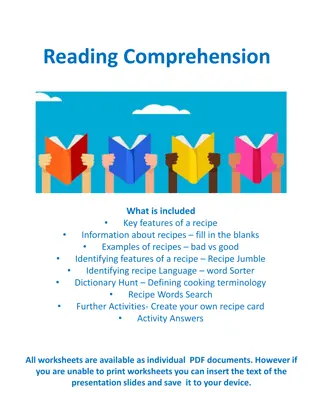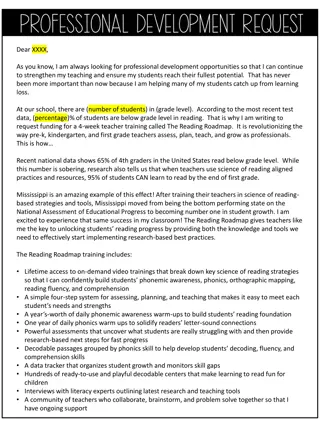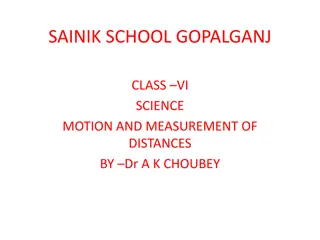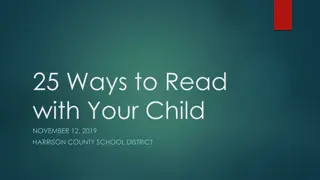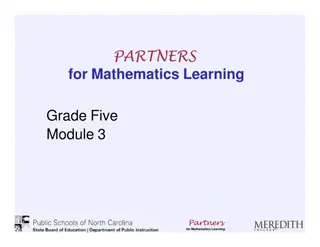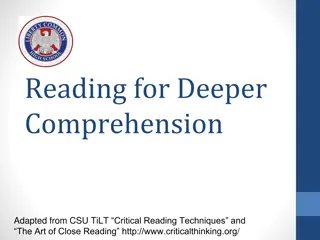Mastering Recipe Reading and Measurement
Learn essential steps for reading and measuring recipes accurately, including parts of a recipe, steps to follow, important tips like proper flour measuring, efficient ways to measure ingredients, adjustments when cutting or doubling a recipe, and essential cooking equivalents and abbreviations.
Download Presentation

Please find below an Image/Link to download the presentation.
The content on the website is provided AS IS for your information and personal use only. It may not be sold, licensed, or shared on other websites without obtaining consent from the author.If you encounter any issues during the download, it is possible that the publisher has removed the file from their server.
You are allowed to download the files provided on this website for personal or commercial use, subject to the condition that they are used lawfully. All files are the property of their respective owners.
The content on the website is provided AS IS for your information and personal use only. It may not be sold, licensed, or shared on other websites without obtaining consent from the author.
E N D
Presentation Transcript
Reading a Recipe and Measuring 1. List the FOUR parts of a recipe: 1. List and amounts of ingredients 2. Step-by-step instructions 3. Essential info about temperature and equipment 4. Number of servings
2. What are the EIGHT steps to following a recipe correctly? 1. Read the recipe carefully before beginning 2. Check to see if you have all the ingredients 3. Pre-heat the oven if needed 4. Gather all equipment needed 5. Complete preparation of specific ingredients (EX: Chopped Nuts, Melted Chocolate, etc.) 6. Measure exactly! 7. Mix carefully, following each direction 8. Bake or cook at temperature and time directed
3. What is the most important step and why? #1! (Reading the recipe)-so you know what you need to do and what ingredients you need 4. Before cooking, you should wash your hands for at least how long? 20 seconds
5. What should you NEVER do when measuring flour? Pack or tap the cup (it releases the air needed in the measurement) How should you measure flour instead? Spoon in the flour then level it off
6. What is the most efficient way to measure the following measurements of dry ingredients? 4 Tbsp. = ___________________ 1/4 c. 3/4 c. = ___________________ 1/2 c. + 1/4 c. ___________________ 1 Tbsp. 3 tsp. = 2 Tbsp. 1/8 c. = ___________________
When cutting a recipe in half, or when doubling a recipe: 7. The cooking TEMPERATURE remains the same, but the amount of INGREDIENTS, SIZE of the cooking pan and the length of TIME will be affected. 8. When baking with a glass dish, you need to reduce (lower) the oven temperature by: 25
Equivalents & Abbreviations T., Tbsp., or tbsp = tablespoon t., or tsp. = teaspoon Min. = minute Oz. = ounce Qt. = quart Pt. = pint Gal. = Gallon Hr. = hour Doz. = dozen C. = cup lb. or # = pound Pkg. = package
Mrs. T. and Her Babies Helpful Hints: T. = Tablespoon t. = teaspoon Mrs. T. has 3 baby t. s There are 3 little t. s with 1 big T. Equivalents To Remember: 1 Tablespoon = 3 teaspoons 1/2 Tablespoon = 1 teaspoons
Young T. and Cousin Oz. Helpful Hints: Young T. just got his drivers license-He is 16 (16 Tablespoons) He now gets to drive the Cup Car (1 Cup) Cousin Oz. is half as old as Young T.-He is only 8 (8 Ounces) It takes 8 ounces to fill up the Cup Car (8 oz. = 1 c.) Equivalents To Remember: 8 Ounces = 1 Cup 1 Cup = 16 Tablespoons 3/4 Cup = 12 Tablespoons 1/2 Cup = 8 Tablespoons 1/4 Cup = 4 Tablespoons 1/8 Cup = 2 Tablespoons
GAL the Butterfly Helpful Hints: GAL stands for Gallon GAL s wings are so QT! (Quart) 4 Wings = 4 Quarts Small Circles Represent 1 C. Equivalents To Remember: 4 Cups = 1 Quart 4 Quarts = 1 Gallon 16 Cups = 1 Gallon
The Cup Kids Helpful Hints: Each Kid represents 1 cup Equivalents To Remember: 2 Cups = 1 Pint 2 Pints = 1 Quart 4 Cups = 1 Quart
Other Important Equivalents To Remember 1 stick of butter/margarine = 1/2 cup 5 Tbsp. + 1 tsp. = 1/3 cup 8 oz. = 1 c. 16 oz. = 1 lb.
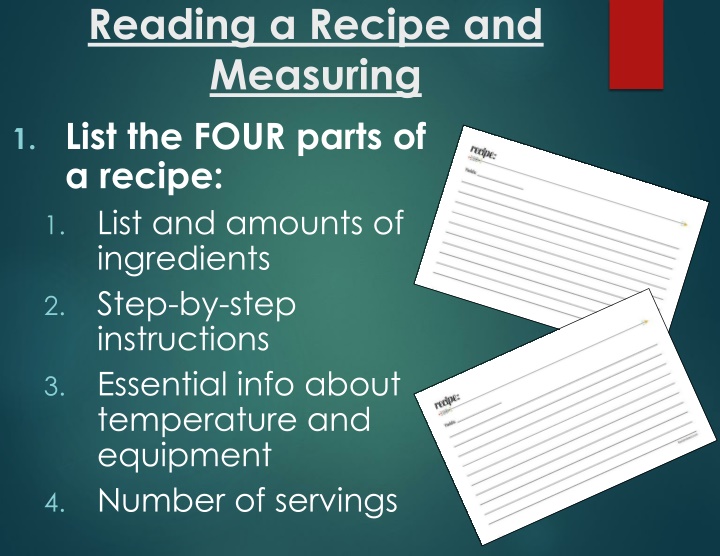

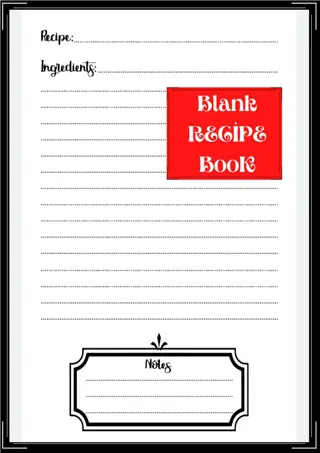
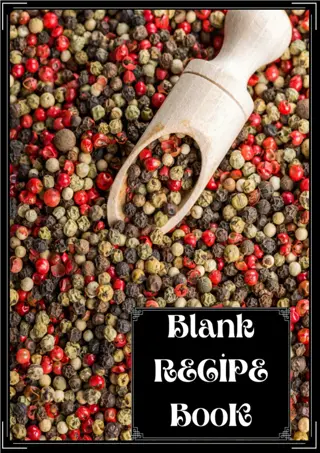
![[✔PDF✔⚡] ✔DOWNLOAD✔ Blank Recipe Book For Holiday Season: My Holiday Recipe](/thumb/68037/pdf-download-blank-recipe-book-for-holiday-season-my-holiday-recipe.jpg)
![GET [✔PDF✔] DOWNLOAD✔ My Vegan Recipe Notebook for all your recipes - 6x9 i](/thumb/68090/get-pdf-download-my-vegan-recipe-notebook-for-all-your-recipes-6x9-i.jpg)
